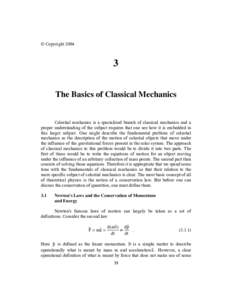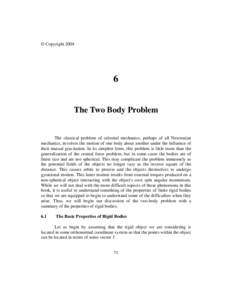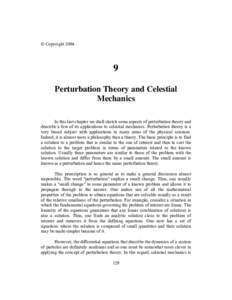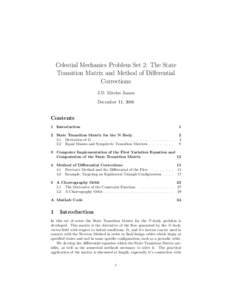 Date: 2015-03-08 18:58:58Classical mechanics Conic sections Curves Celestial mechanics Johannes Kepler Kepler problem Laplace–Runge–Lenz vector Ellipse Bivector Physics Geometry Algebra | |  Symmetries of the Kepler problem Jesper G¨oransson March 8, 2015 Abstract By choosing a nonstandard parameterisation in the n-dimensional Kepler problem, the energy equation for negative energies will denote an n-dimens Symmetries of the Kepler problem Jesper G¨oransson March 8, 2015 Abstract By choosing a nonstandard parameterisation in the n-dimensional Kepler problem, the energy equation for negative energies will denote an n-dimens
Add to Reading ListSource URL: math.ucr.eduDownload Document from Source Website File Size: 52,35 KBShare Document on Facebook
|





 Symmetries of the Kepler problem Jesper G¨oransson March 8, 2015 Abstract By choosing a nonstandard parameterisation in the n-dimensional Kepler problem, the energy equation for negative energies will denote an n-dimens
Symmetries of the Kepler problem Jesper G¨oransson March 8, 2015 Abstract By choosing a nonstandard parameterisation in the n-dimensional Kepler problem, the energy equation for negative energies will denote an n-dimens